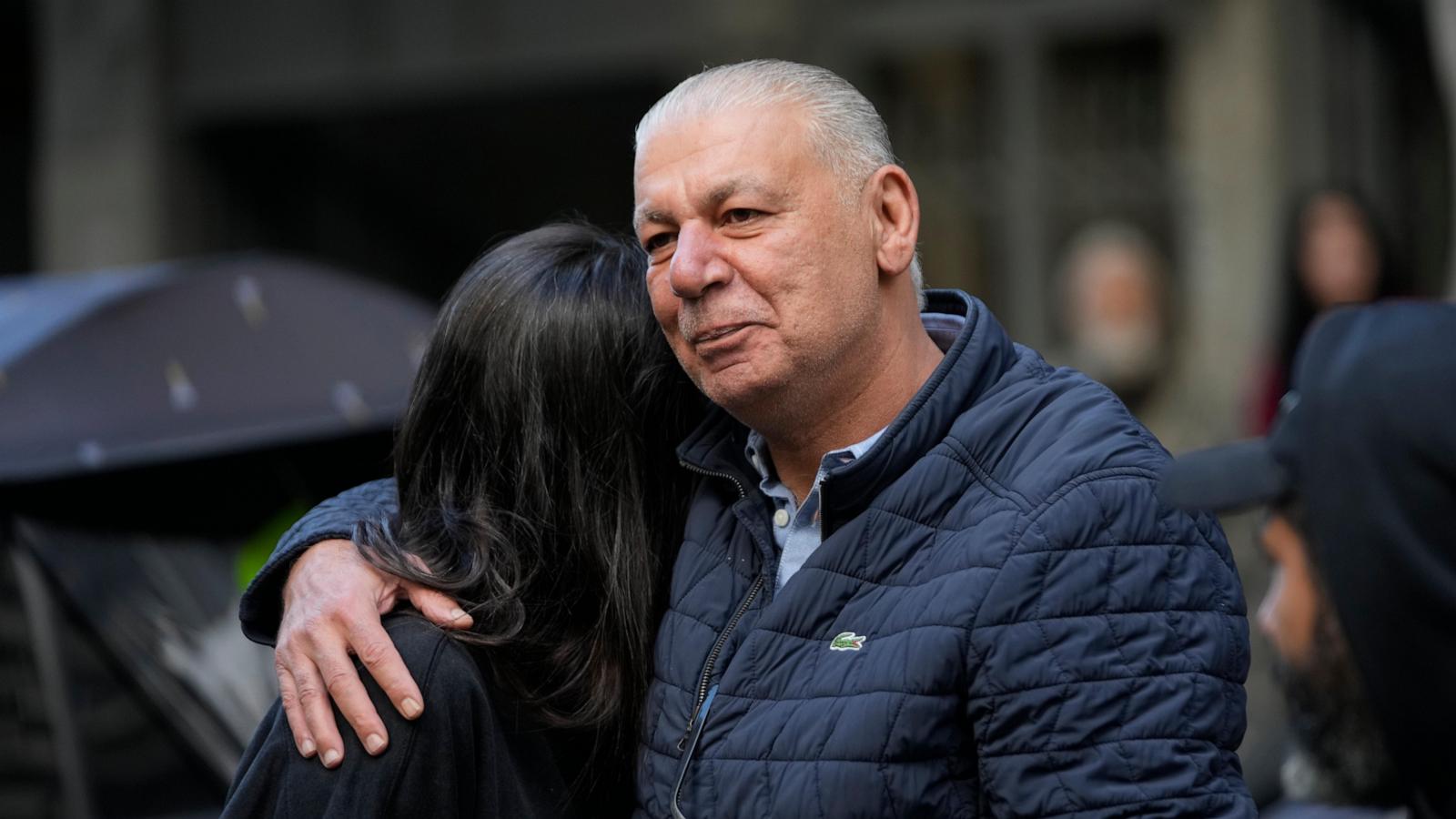Israel Dismantles Hezbollah’s Missile Facility Amid Fragile Ceasefire
The Israeli military has announced the destruction of Hezbollah’s largest precision-guided missile production facility, further escalating tensions in a region already plagued by conflict, despite a recent ceasefire agreement. This development serves as a stark reminder of the fragile peace that currently exists between Israel and Hezbollah, and the complex dynamics at play in the wider Lebanese context.
Significant Military Operations by the IDF
The Israel Defense Forces (IDF) confirmed that its fighter jets targeted and dismantled a large military site located near the Syria-Lebanon border. The facility was reported to be approximately 1.4 kilometers wide and 70 meters deep, serving as a crucial production hub for precision-guided and surface-to-surface missile systems employed by Hezbollah.
This strike on Hezbollah’s military infrastructure occurs as both sides remain within the parameters of a fragile ceasefire, which entered its third day on Friday. The ceasefire agreement is meant to facilitate a withdrawal of Hezbollah and Israeli forces from southern Lebanon and transfer control to the Lebanese military. The agreement is hoped to last for an initial phase of 60 days, during which stability and security for civilians should be prioritized.
Hezbollah’s Stance on Resistance
In response to the Israeli military operation, Hezbollah lawmaker Hassan Fadlallah publicly condemned the actions of the IDF. He vowed that the militant group will continue to “fight and resist” any Israeli incursions into Lebanese territory. “Can anyone say if Israel attacks, we watch?” Fadlallah asked pointedly during a press conference. “When Israel attacks our country, we will fight and resist. This is our right.”
Fadlallah also highlighted Hezbollah’s intention to work in concert with the Lebanese army to uphold the ceasefire, although he made it clear that the militant group would not abandon its longstanding role as a defender against perceived Israeli aggressions.
The Regional Context: Economic Strain and Military Readiness
Lebanon’s military readiness is being severely tested due to the country’s ongoing financial crisis, which has persisted since 2019. Reports from the Associated Press indicate that many Lebanese soldiers are struggling to meet their basic financial needs, often seeking secondary employment to make ends meet. The current economic instability has raised questions about the operational capabilities of the Lebanese military as it prepares to take on increased responsibilities in southern Lebanon.
In an effort to recalibrate the situation, Lebanon has plans to recruit and deploy an additional 10,000 troops below the Litani River. This action aims to bolster the military’s presence in the volatile southern region, particularly as the Lebanese government endeavors to regain control following significant security challenges in the past.
International Aid and Support
To alleviate the ongoing crisis in Lebanon and offer support to its military, the international community pledged billion during a donor conference held in Paris last month. Of this total, 0 million was earmarked for humanitarian aid, while the remaining 0 million was designated for bolstering the Lebanese army.
Despite these pledges, organizations working on the ground have reported that none of the promised funds have yet been distributed, casting doubt on the efficacy of international support during this critical time. This lack of financial resources complicates the challenging conditions faced by both civilians and military personnel in Lebanon.
Ongoing Military Precautions and Warnings
In light of the ongoing tensions, the IDF has consistently warned Lebanese civilians against approaching areas near the Israel-Lebanon border where Israeli troops remain active. On Friday, IDF Arabic spokesperson Avichay Adraee issued a cautionary message on X (formerly known as Twitter), disseminating a map that outlines a restricted zone south of the designated line.
“The IDF does not intend to target you,” Adraee wrote, reassuring residents of the area. However, he cautioned that any individual who moves south of this boundary exposes themselves to danger amid ongoing military operations.
Conclusion: A Region in Flux
This ceasefire agreement comes on the heels of heightened tensions in the region, particularly following Israel’s recent ground operations. As humanitarian concerns continue to mount, the international community is closely monitoring the situation, aiming to secure stability and address the pressing needs of the affected communities. The coming days will be critical as Lebanon attempts to navigate both the internal challenges of military readiness and the external pressures of maintaining peace along its borders.
_The Associated Press contributed to this report._
